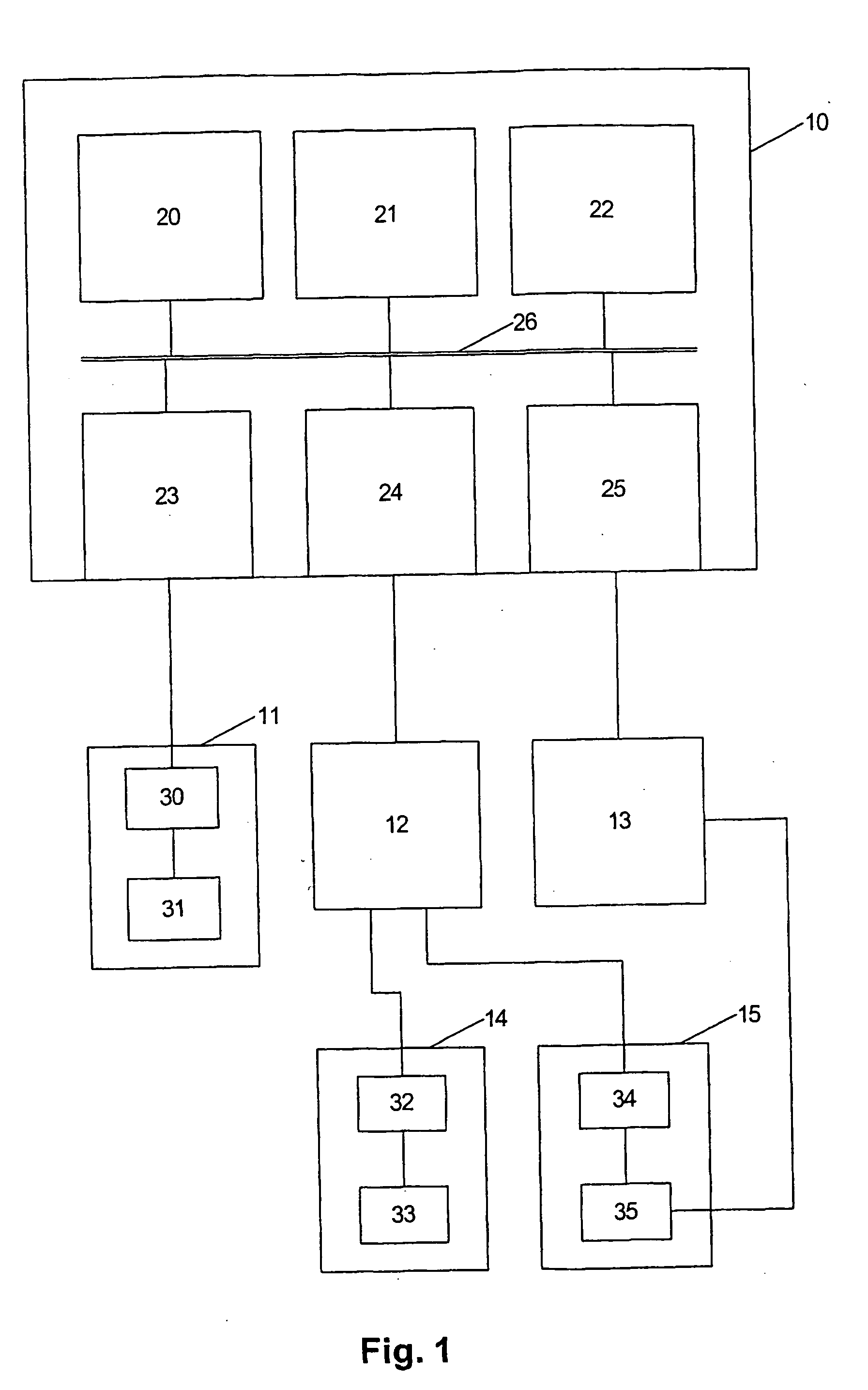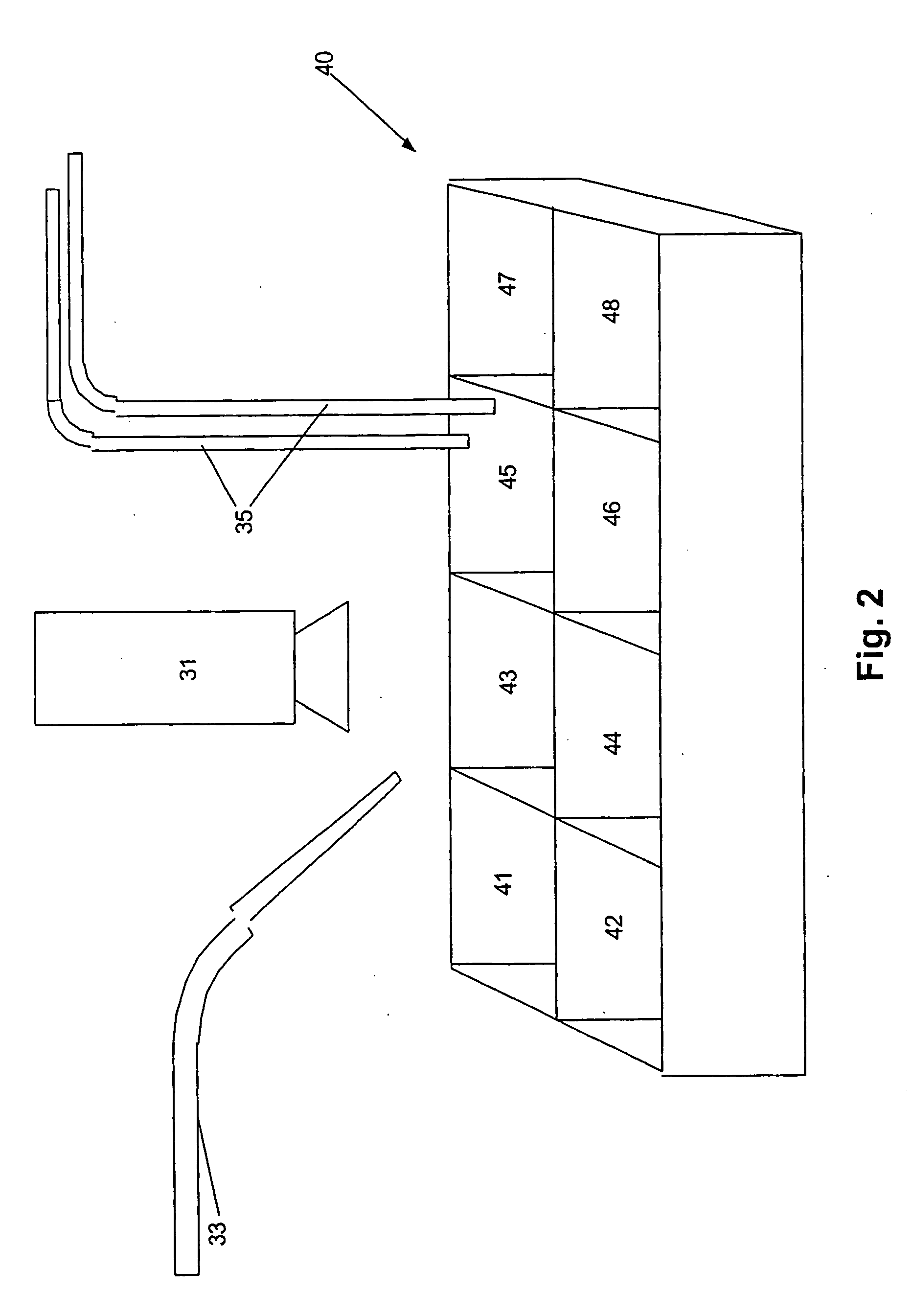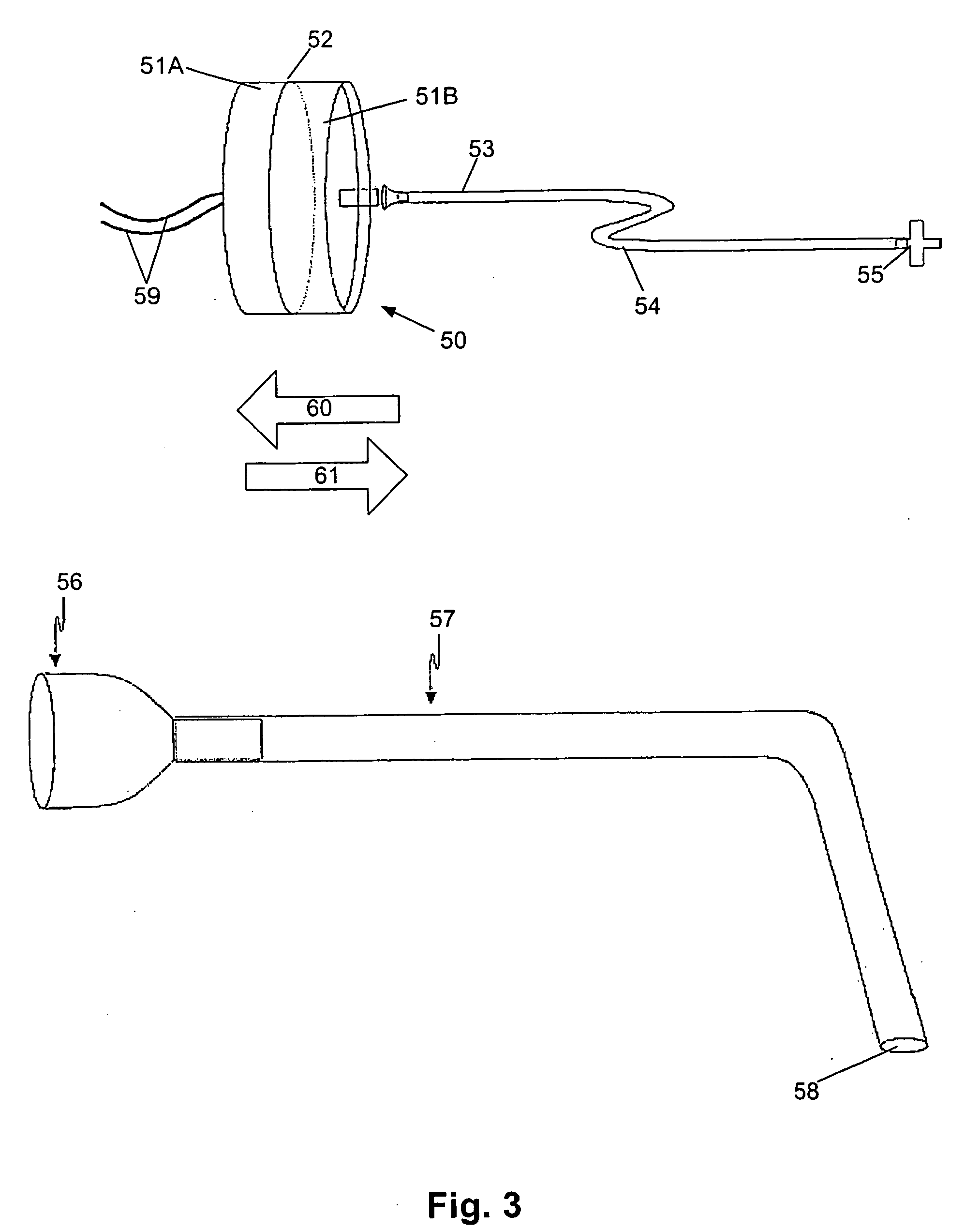Method of cell therapy using fused cell hybrids
a cell therapy and hybrid technology, applied in the field of tissue engineering, can solve the problems of reducing the likelihood of rejection, long-term repair or permanent improvement of the condition is generally impossible, and the proliferative capacity of primary cells is normally limited, and the likelihood of rejection is reduced
- Summary
- Abstract
- Description
- Claims
- Application Information
AI Technical Summary
Benefits of technology
Problems solved by technology
Method used
Image
Examples
example 1
The Selection and Fusion Chamber
[0357] A schematic of the chamber used for this particular example is shown in FIG. 4. The fusion process is carried out in a standard flat-bottomed 96 well culture plate. The wells designated for containing the cells prior to fusion are filled with a suitable growth medium and the wells designated for carrying out the fusion process are filled with a medium suitable for this purpose.
[0358] Two electrodes were mounted on a suitable drive system allowing three degrees of freedom, with one of these electrodes having a further independent three degrees of freedom. This allowed the electrodes to be moved and positioned at any location within the well.
[0359] A suitable waveform generator was connected to the electrodes that allowed a predetermined waveform to be applied across the electrodes to induce fusion between the pre-selected cells.
[0360] A pipette system suitable for the isolation and manipulation of single cells was mounted on a suitable drive...
example 2
ES Cells
[0361] ES cells are obtained from any ethically convenient source and may be primary isolated cells or an artificially or naturally created (ES) cell line. The ES cells are dissociated into single cells and distributed into an appropriate culture vessel and medium for fusion. In some circumstances, the ES are pre-treated with proteinases or other similar enzymes.
example 3
Mature or Precursor Cells
[0362] Mature or precursor stem cells are isolated from potentially any animal tissue, but preferably human or pig tissue.
PUM
| Property | Measurement | Unit |
|---|---|---|
| diameter | aaaaa | aaaaa |
| diameter | aaaaa | aaaaa |
| frequency | aaaaa | aaaaa |
Abstract
Description
Claims
Application Information
 Login to View More
Login to View More - R&D
- Intellectual Property
- Life Sciences
- Materials
- Tech Scout
- Unparalleled Data Quality
- Higher Quality Content
- 60% Fewer Hallucinations
Browse by: Latest US Patents, China's latest patents, Technical Efficacy Thesaurus, Application Domain, Technology Topic, Popular Technical Reports.
© 2025 PatSnap. All rights reserved.Legal|Privacy policy|Modern Slavery Act Transparency Statement|Sitemap|About US| Contact US: help@patsnap.com



